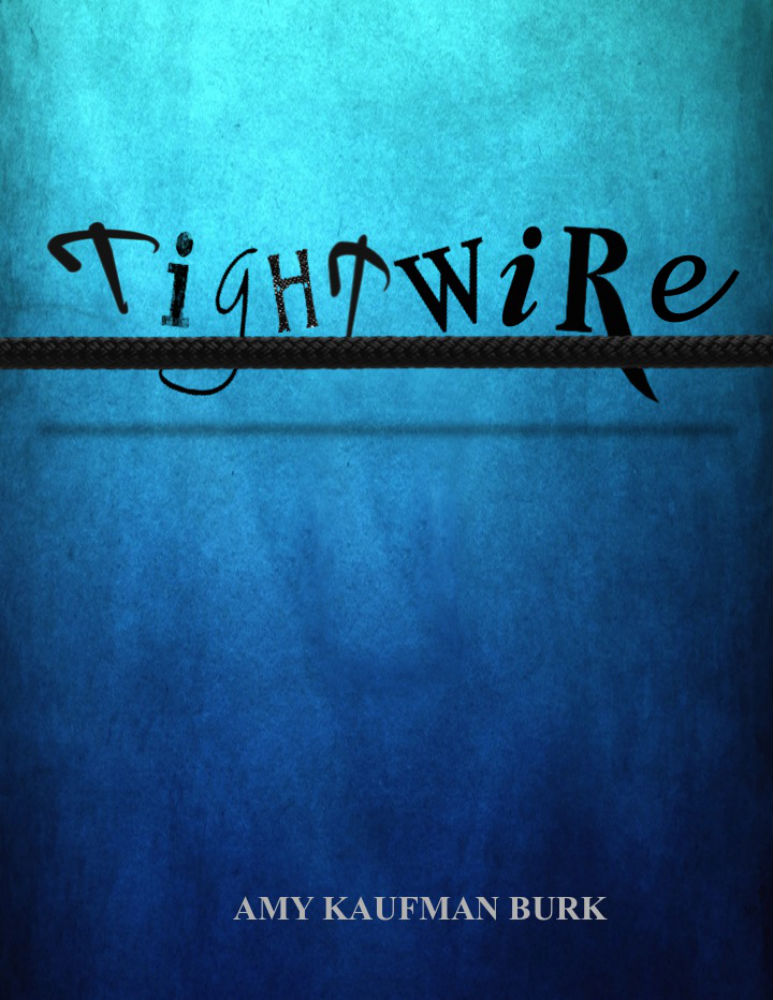“Zeke” never lost an argument.
Whatever anyone said, his answer was the same: “So what!” Any attempts at reason, at fairness, at negotiation were met with the same in-your-face “So what!” Nothing was ever resolved, no progress ever made. Eventually, his classmates gave up and Zeke’s tyranny snowballed.
His strategy worked so well that he launched himself on an intensified So What binge. We were in our final year of elementary school and the entire grade caved under his reign. Who was first in line at the drinking fountain? Who grabbed everyone’s favorite bean bag chair during reading time? Who claimed the best paints in art class?
Zeke. Always Zeke.
We all tiptoed around him and as we grew meeker, he grew louder. He became obsessed with Superman, quoted the comic strip at every opportunity, wore a cape to school.
Standing behind him as we lined up for recess, I asked why he never cared what anyone said or felt. I waited for the expected So What! Instead, he surprised me. “Not caring is my superpower,” he answered with a strikingly un-Zeke-like sincerity.
“I care,” I said quietly.
He walked toward the handball court and tossed one word over his shoulder: “Kryptonite” — the fictional material from Superman’s birth planet that sapped his strength and turned him into a pathetic blob of helplessness.
Our teacher gradually realized that all was not well in her classroom. She sat us down for a firm discussion and walked us through a new set of rules. Zeke was extremely displeased. As expected, he challenged every boundary, his least favorite being You Have To Be Fair. In the wake of his lost dictatorship, he staged several failed coups. Our teacher calmly took away the crayons he snatched from another boy. He shoved our star athlete at recess and was sidelined from the kickball game. Step by step, he learned that So What! had stopped working. Our classroom evolved into a community.
I remember my surprise when Zeke and I reached for the same set of paints in art class. Reflexively, I backed away. To my astonishment, he pushed the box toward me.
“Your turn,” he muttered, eyes on his shoes.
I looked around, expecting to see our teacher glowering at him. Instead, she was helping a student on the other side of the room. I shrugged at Zeke. “Want to share?”
He nodded shyly and I noticed he was no longer wearing his Superman cape. During our next art class, he rushed to sit next to me and we became art buddies.
“You’re nice,” he said a few weeks later as we both dipped our brushes into a carton of stop-in-your-tracks electric blue.
“You’re funny,” I answered.
“Really?”
“Your imitations of cartoons are funny.”
“Thank you,” in a perfect Donald Duck voice.
I studied our six cartons of paint. “What’s your favorite color?”
“Bright blue,” sounding exactly like Mickey Mouse.
“Mine, too.”
About a month later, we were each given a brick of clay. We grinned, realizing we both wore identical bright blue t-shirts.
“I like your shirt,” he said.
“I like yours better.”
“Do you like me?” almost inaudible.
“Yeah.”
“I like you but I don’t like-like you.”
“Well yeah duh!” It would be a few years before I like-liked a boy and the thought hadn’t crossed my mind.
But Zeke was trying to tell me something different. “I like-like boys, not girls.”
“Oh. Okay.” I studied the dog I had sculpted, trying to figure out why it looked like a meatball with a tail.
“Okay? Really okay?”
“Yeah.” I added paws to my meatball. “Okay.”
“You…I mean…you know what I’m talking about?”
I looked at him and nodded. “Lots of my parents’ friends are g—” I saw the alarm on his face and interrupted myself. “Yeah okay.”
On our graduation day, I proudly wore a white dress with scattered pink roses and white patent leather dress-shoes. After the ceremony, I joined my classmates and we signed each other’s yearbooks. Zeke stood at the center. He had become popular, often surrounded at lunchtime while he kept the entire class in hysterics with his cartoon imitations. I caught his eye and he reached for my yearbook. In the upper right corner of the back page, he wrote two words: “I care.” He pulled a bright blue marker out of his blazer pocket and signed his name. He shoved the marker into my hand, muttered “g’bye,” and rushed away.
The next morning I woke up, looked at my diploma and smiled. Usually, I read in bed for a while on summer mornings. This time, I jumped up and went to the breakfast table with an armful of supplies. An hour later, my mother found me.
“What are you doing?” she asked.
“Painting.” I reached for the brightest blue I owned.
“Is that a new marker?” pointing to Zeke’s gift which I had placed next to my paints.
I nodded. “Graduation present.”
“Why are you painting instead of reading?”
The words were out of my mouth before I knew they were coming. “Because he cares.”
*All identifying information about “Zeke,” including his name and the place where we met, has been changed.
This was first published on Medium, by Prism & Pen.


